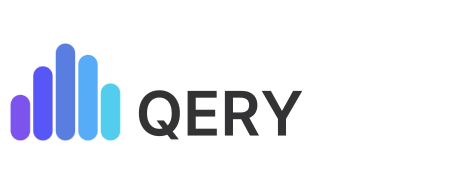Official development assistance (ODA) defined as government aid that promotes and specifically targets the economic development and welfare of developing countries. To be classified as ODA, the aid given must be concessional which means it has to be given as grants and low-interest loans.
ODA is the most widely used measure when looking at foreign aid to developing countries. Since 2018, the methodology for measuring ODA has been “grant equivalent” which means that only direct grants and the grant portion of concessional loans are counted.
ODA data is published annually by the OECD for the 32 members of the Development Assistance Committee (DAC). The DAC is a group of countries and organisations within the OECD. The 32 members are listed below and includes 31 countries as well as EU institutions.
Who can receive Official Development Assistance?
The DAC defines ODA and sets guidelines and standards for its provision, and also maintains a list of recipients that are eligible to receive ODA, known as the DAC List of ODA Recipients.
The table below shows the current list, effective for 2022 and 2023, which counts a total of 140 countries and territories. The list includes all the Least Developed Countries, as defined by the United Nations, as well as other low and middle income countries below a certain threshold of gross national income:
In addition to countries and territories, multilateral institutions such as the World Bank and United Nations agencies can also receive ODA. These institutions are typically involved in providing development assistance to recipient countries and may also receive ODA in order to support their efforts.
How much was ODA was granted in 2023?
Official development assistance (ODA) reached a total of USD 224 billion in 2023 compared to USD 211 billion in 2022, according to preliminary data from the OECD. This marks an increase of 1.8% in real terms from 2022, equivalent to 12 billion. The primary drivers of growth was increased aid to Ukraine and humanitarian assistance to developing countries, the OECD said.
The chart below shows the total amount of ODA from 1990 to 2022, in constant 2022 USD prices to adjust for inflation and exchange rate fluctuations. Over time, ODA has increased significantly, and since 2015 and the adoption of the Sustainable Development Goals, ODA has increased by around USD 70 billion.
Measured in monetary terms, the United States was the largest donor of official development assistance in 2023 followed by Germany and the EU institutions.
Overall, there is an upward trend in the amount of official development assistance provided by most of the donor countries listed. Select a country from the list below to see detailed developments over time.
How much ODA was given as percentage of donor gross national income?
First adopted by the UN General Assembly in 1970, a 0.7% target for official development assistance (ODA) has been set as a global commitment made by member countries of the United Nations to provide a certain level of financial aid to developing countries. The target calls for developed countries to allocate a minimum of 0.7% of their gross national income (GNI) to ODA in order to promote economic development and reduce poverty in developing countries.
The 0.7% target is not a legally binding requirement, but it is widely endorsed by UN member countries and is considered to be an important benchmark for measuring progress in development assistance. The goal is to provide a minimum level of assistance that is needed to help developing countries achieve the United Nations’ Sustainable Development Goals (SDGs), which include goals such as ending extreme poverty, improving health and education, and protecting the environment.
According to data from the OECD, the total ODA provided by DAC (Development Assistance Committee) member countries as a percentage of their GNI was 0.37% in 2023. In recent years, the share has increased and is currently at its highest ever recorded level, yet still significantly below the 0.7% target.
While some DAC countries have consistently met or exceeded the 0.7% target in recent years, others have consistently fallen short. In order to meet the 0.7% target, many DAC countries would need to significantly increase their levels of ODA.
The latest data shows that only 5 countries hit the UN 0.7% aid spending target in 2023: Denmark, Germany, Luxembourg, Norway and Sweden.
To explore further the trends on ODA in percent of GNI over time, select a country from the chart below:
About the data
Data on Official Development Assistance is from the OECD.
Changelog
- April 2024: Updated with preliminary data for 2023.
- January 2023: Updated with final data for 2022.
- April 2023: Updated with preliminary data for 2022.
- December 2022: Updated with final data for 2021.

